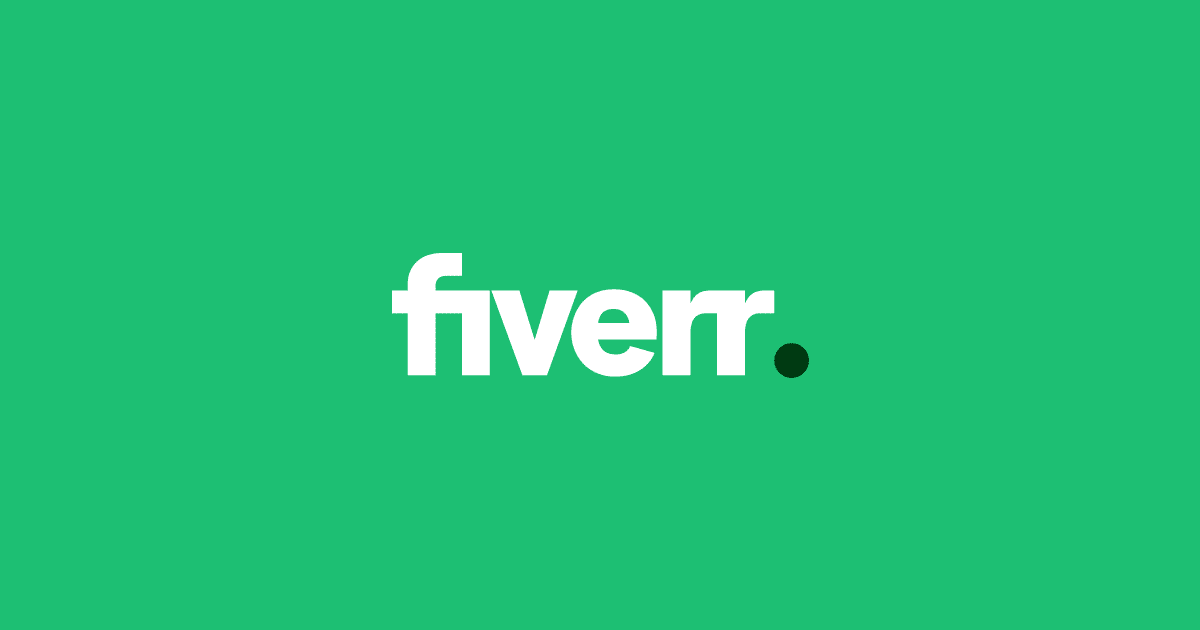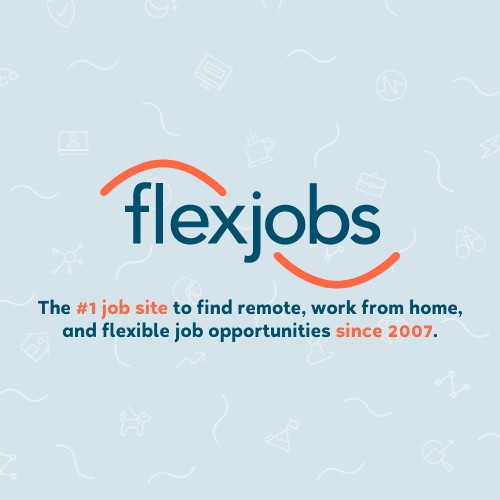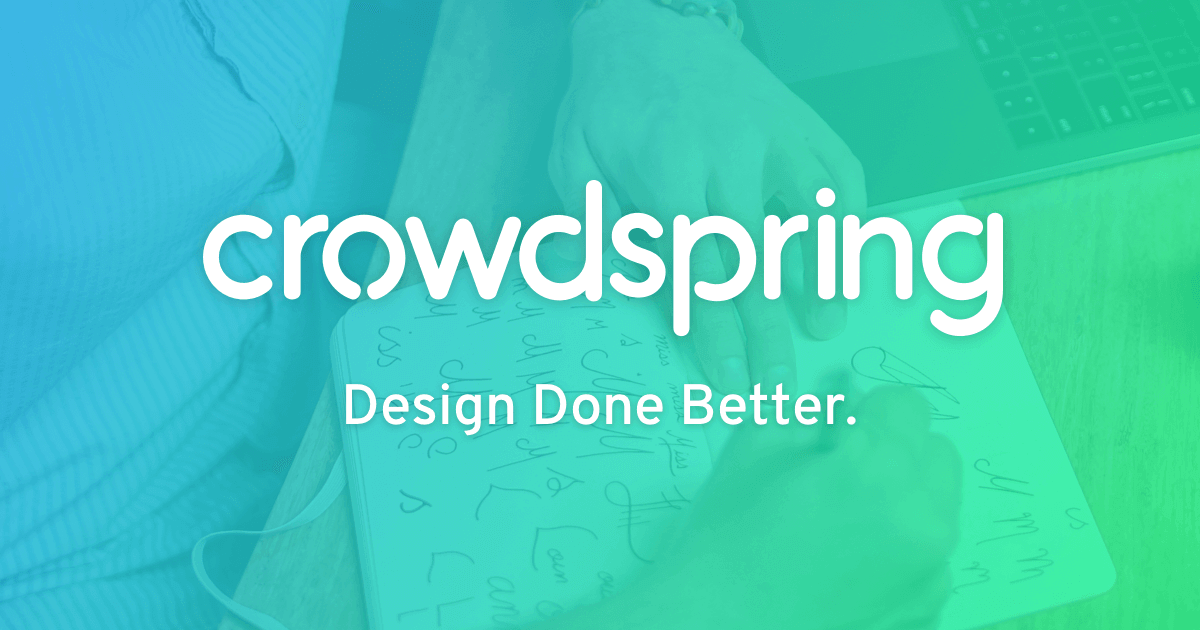Introduction
As more people choose to work independently or as freelancers, reliable platforms to find project opportunities are more important than ever. This blog post examines the 15 top freelance platforms based on functionality, reputation and track record to help freelancers decide where to focus their efforts in 2023.
Methods of Evaluation
To determine the best freelance platforms, each site was evaluated based on standard criteria like the quality and volume of available work, payment policies, and user experience. Additional weight was given to platforms with a large backlink profile, strongorganic traffic trends over the past year, as well as platforms centered around in-demand skills based on keyword data. Sites were also assessed based on specialized communities and capabilities to match freelancers with quality clients.
1. LinkedIn
LinkedIn is a professional networking platform with over 930 million members worldwide. Founded in 2003, LinkedIn allows professionals to establish their online identities, build professional connections, post jobs, find talent and stay updated with industry news. As one of the largest professional networks, LinkedIn offers freelancers opportunities to market their services, build credibility, and find new clients.
Pros: Some key advantages of using LinkedIn for freelancers include:
– Establish yourself as a freelance professional on LinkedIn
– Reach clients directly through ads and profile browsing
– Large professional community for networking and prospecting new opportunities
Cons: One potential disadvantage is the paid subscription models for some advanced features like recruiting tools and job post boosting can be cost prohibitive for individual freelancers.
Pricing: LinkedIn offers both free and paid subscription plans. The free basic account allows for basic profile setup, connections, and job searching. Upgrade options include Premium Student ($20/mo), Premium Career ($30/mo), and Sales Navigator ($80/mo) with additional features like messaging, resume building, and priority research tools.
Some key stats about LinkedIn:
– Over 930 million members globally
– Available in over 200 countries
– Adds over 1 new member every second
– Over 75% of the US workforce uses LinkedIn
2. Shopify Expert
Shopify Expert is a freelance marketplace specifically focused on Shopify services. Founded in 2020, Shopify Expert connects businesses and individuals looking for Shopify help with verified freelancers who have experience building, customizing, and managing Shopify stores. As the name implies, all freelancers on the platform specialize in Shopify development, design, and other related services.
Pros: Some of the key advantages of Shopify Expert include: – Specialized Shopify skills: All freelancers are verified as having Shopify expertise. – Hourly profiles set own rates: Freelancers can choose their rates and work hourly. – Featured portfolios and reviews: Clients can view examples of work and read reviews.
Cons: Shopify Expert is still a relatively new platform, so it may have fewer freelancers compared to more established players like Fiverr or Upwork. The market is also very focused on just Shopify services.
Pricing: Shopify Expert is free for freelancers to create a profile and bid on jobs. When hired for a project, payment is handled directly between the client and freelancer using PayPal or bank transfer. The platform takes no cut or percentage of project fees.
Some key stats about Shopify Expert include: – Over 5,000 verified Shopify freelancers – Serves over 50,000 Shopify stores – Executed more than 100,000 projects since launch
3. Quora Talent
Quora Talent is a platform to connect users with subject matter experts for consultations. Founded in 2009 and based in Mountain View, California, Quora focuses on question and answer style discussions on its platform. With Quora Talent, experts can offer their services and advice in exchange for payment on specialized topics.
Pros: Key advantages of Quora Talent include:
– Strong validation of experts’ skills through their participation and contributions on the main Quora platform
– Ability to search and find experts specialized in niche topics and questions
– Suited for one-time consultations and advice from industry leaders and experts
Cons: The main disadvantages of Quora Talent could be:
– Narrower expert pool compared to broader freelance platforms
– Consultations may be more suited for strategic advice than creative or development work
– Limited payment options – mainly credit card only
Pricing: Pricing on Quora Talent is set individually by each expert. Rates usually start from $50-100/hour with volume discounts available for multiple hour packages. Experts get paid 90% of the consultation amount with Quora retaining 10% commission.
Some key stats about Quora Talent include:
– Over 300 million monthly unique visitors to the main Quora platform
– Experts from diverse fields including business, technology, science and more
– Average expert on the platform has over 10 years of experience
– Questions are typically answered within 24-48 hours
4. Fiverr
Fiverr is one of the largest and most popular freelance platforms globally. Founded in 2010, it has millions of professional service providers covering over 500 categories like graphics & design, digital marketing, writing & translation and more. Let’s take a closer look at Fiverr as a freelance platform option.
Pros: Some key advantages of Fiverr include:
– Great for small creative and digital jobs starting at $5
– Large client base looking for quick turnaround work
– Intuitive interface makes it easy for newbies to get started selling services
– Wide variety of categories and gig types to choose from
Cons: Potential disadvantages include:
– Lower rates compared to experienced freelancers on other platforms
– Saturated market makes it hard to stand out for new freelancers
– Communication takes place within the platform and you don’t directly interact with clients
Pricing: Freelancers set their own pricing but most basic ‘gigs’ start at $5. Fiverr’s service fee is 20% of the total gig price.
Some key stats about Fiverr:
– Over 40 million services purchased since launch
– Serves over 7 million buyers globally
– Has over 2 million registered freelancers
– Available in over 160 countries
5. Toptal
Toptal is a freelance platform that connects businesses and organizations with vetted, top 3% freelance talent from their global network. Founded in 2010 and headquartered in San Francisco, Toptal has helped over 10,000 startups, businesses and organizations find quality freelance talent.
Pros: Main advantages of using Toptal:
– Access to a vetted pool of top programmers, designers and other professionals
– Freelancers are required to pass a rigorous qualification process
– Clients can choose hourly, fixed-bid or retainer payment models
– Good for startups and enterprises needing experienced help
Cons: The main disadvantage is that freelancers on Toptal generally command higher hourly rates compared to other platforms due to their expertise and vetting process.
Pricing: Toptal’s pricing varies depending on the type of work and freelancer hired. Hourly rates start from around $150/hr but can be higher for specialized roles. Fixed-bid and retainer project pricing is negotiated directly with each freelancer.
Some key stats about Toptal:
– Vet over 1 million freelancers to work with top 3%
– More than 10,000 clients including Twitter, Airbnb, and Ford
– $150+ average hourly rate for freelancers
– Works in over 150 countries
6. Freelancer
Freelancer is one of the largest global freelancing platforms, connecting businesses and freelancers from around the world. Founded in 2009 and headquartered in Sydney, Australia, Freelancer allows employers to outsource their projects and hire freelancers to complete a variety of tasks.
Pros: Some of the key advantages of using Freelancer include:
– Large global community providing access to top talent worldwide
– Project contests allow employers to invite freelancers to bid on work
– Escrow system protects both employers and freelancers during projects
– Detailed freelancer profiles make it easy to find the right fit for any job
Cons: One potential disadvantage is that Freelancer does not independently verify freelancer qualifications, so employers need to carefully review profiles and feedback.
Pricing: Freelancer offers a free basic account for employers. Paid employer plans range from $9.95/month for 5 projects to $49.95/month for unlimited projects. Freelancer takes 10% commission from project winners.
Some key stats about Freelancer include:
– Over 31 million registered users worldwide
– Projects posted in over 1000 skill categories including programming, web development, design, writing, and more
– Paid over $3 billion to freelancers for work completed
7. FlexJobs
FlexJobs is a leading job site for remote and freelance work opportunities. Founded in 2007, FlexJobs has helped thousands find vetted work from home and freelance jobs through its website at https://flexjobs.com. As the #1 site for remote work, FlexJobs carefully hand screens each job listing on its site to ensure only legitimate opportunities are posted.
Pros: Some key advantages of using FlexJobs include:
– Only legitimate remote and freelance jobs are posted
– Useful search filters to browse by category, skills, company, etc.
– Paid membership unlocks more in-depth features and job opportunities
– Company reputation and longevity inspires trust for users
Cons: A potential disadvantage is that the paid membership fee may not be worthwhile for all users as basic searches can still be done without a subscription.
Pricing: FlexJobs offers both free and paid membership levels. A basic free account allows users to search, apply, and receive the weekly jobs newsletter. The premium FlexPro membership costs $19.95/month or $23.95/month billed quarterly and unlocks additional features like resume database access and up to 5 daily job alerts.
Some key stats about FlexJobs include:
– Over 15 years in business serving remote job seekers
– Vets over 30,000 job listings per year
– Over 4 million users have visited the site and found work
– Trusted brand with millions of social media followers
8. 99designs
99designs is a global creative platform that allows businesses to host design competitions for graphic design projects like logos, websites, and more. Freelance designers from around the world compete to design a logo or other project for the client. This crowdsourcing approach allows businesses access to creative talent globally while giving freelance designers opportunities to showcase their work and win jobs.
Pros: Some key advantages of 99designs include fast feedback that lets freelance designers quickly improve their submissions based on client input, access to a large global pool of creative talent, and an efficient competition-based model for finding designs.
Cons: The main disadvantage is that businesses must pay contest entry fees for designers to submit designs on each design project, even if an ideal design is not found. This can add up if multiple design rounds are needed before identifying a winning submission.
Pricing: 99designs offers different pricing tiers depending on the design project. Basic personal or business logos start from $299. Other graphic design projects like website designs have variable entry fees starting from $399 depending on the project details and scope.
99designs has over 500,000 satisfied customers that have used the platform. They have a global network of over 1 million freelance designers across 195 countries. On average, designs are improved through rounds of fast feedback in just 1-3 days on the platform.
9. Guru
Guru is a freelance marketplace that connects businesses and independent professionals. Founded in 1999, Guru has connected over 2 million clients to expert freelancers across 180+ categories including web development, design, writing and more.
Pros: Some key advantages of Guru include:
– Provides an easy marketplace for small businesses and independent professionals to connect
– Freelancers only get paid 90 days after a job is completed, ensuring client satisfaction
– Integrates with popular project management and time tracking tools
Cons: One potential disadvantage is that freelancers have to wait 90 days to get paid after a project is completed, which might not suit all freelancers’ cash flow needs.
Pricing: Guru offers a free Basic plan for freelancers and clients. Freelancers pay a 10% fee on jobs. Additional Pro plans are available for $9.99-$29.99 per month for freelancers and $19.99-$49.99 per month for clients.
Some key stats about Guru include:
– Over 2 million clients and freelancers connected on the platform
– Features over 180 categories for businesses to find relevant freelancers
– Clients can integrate Guru with project/time tracking tools like Toggl for easy work management
10. Hubstaff
Hubstaff is a time tracking and productivity monitoring tool for teams. Since 2011, Hubstaff has been helping organizations of all sizes maximize productivity. With both online timer and computer screenshots features, Hubstaff provides complete visibility into how employees spend their time so that businesses can understand issues and improve.
Pros: Some key advantages of Hubstaff include:
– Detailed time tracking with screenshots for accountability
– Easy to use timesheets and invoicing for billing clients
– Productivity benchmarks to identify issues
– Customizable roles and permissions
– Support for teams of all sizes
Cons: A potential disadvantage is that the computer screenshot feature could be seen as invasive by some employees. Employers would need clear communication around the purpose and benefits of monitoring to maintain trust.
Pricing: Hubstaff offers various pricing tiers starting from $7/user per month for the basic tier. Additional features like advanced reports, higher data storage limits and support are included in the professional ($12/user) and enterprise ($20/user) tiers.
Some key stats about Hubstaff include:
– Used by over 70,000 companies worldwide
– Supports Windows, Mac, Linux and mobile devices
– Tracks time across 6,500+ apps and websites
– Provides over 40 customized reports
11. Crowdspring
Crowdspring is an online marketplace that connects businesses and individuals with vetted graphic designers for design projects. Since launching in 2008, it has facilitated over 150,000 design projects across 175 countries. Using Crowdspring, customers post design briefs or hold online design contests to source logo, website, and other graphic design solutions from their global community of over 80,000 designers.
Pros: Some key advantages of using Crowdspring include:
– Access to a large global pool of graphic designers vetted by Crowdspring
– Ability to review designer portfolios to find the best fit for your needs
– Competitive pricing through their contest platform where designers compete for work
– 100% money-back guarantee if you are unsatisfied with the final design
Cons: One potential disadvantage is that going through the contest process to drive competitive pricing may require more time and coordination vs directly hiring a single freelancer.
Pricing: Crowdspring offers three main pricing plans:
– Basic Plan: $199 for a single design submission. Additional submissions are $50 each.
– Plus Plan: $299 for 3 design submissions. Additional submissions are $50 each.
– Premium Plan: $599 for unlimited design submissions during a 30-day period.
Some key stats about Crowdspring include:
– Over 150,000 design projects facilitated since 2008 across 175 countries
– Community of over 80,000 graphic designers
– Typical design costs range from $199-599 depending on the project scope
12. Hired
Hired is a talent marketplace that connects tech and product freelancers with top companies. Founded in 2012, Hired focuses exclusively on matches between technical freelancers and recruiting companies in the tech sector. With over 10,000 companies and 300,000 freelancers on the platform, Hired simplifies the freelance process through upfront salary and equity information as well as skill-based matching.
Pros: Some key advantages of Hired include: Skill-based matching – freelancers are matched based on their skills, experience and work portfolio. Recruiters compete with salary and equity upfront. Specialized for technology roles – focused exclusively on tech skills allowing for easier matches. Strong verification of clients and projects to ensure quality profiles.
Cons: The main disadvantage is that Hired only connects freelancers to roles in the technology sector. Other industries like design, writing or marketing are not supported on the platform.
Pricing: Hired has a freemium model. Basic profiles and services are free for freelancers and recruiters. For additional services like priority placement, upgraded profiles and messages recruiters pay monthly subscription fees starting at $299 per month.
Some key stats about Hired include: Over 10,000 companies and 300,000 freelancers on the platform. Top recruiting companies use Hired including Amazon, Netflix, Uber and many others. On average, freelancers receive a 20% increase in pay with Hired compared to their previous roles.
13. Airtasker
Airtasker is a freelance marketplace based in Australia but with a global reach. Launched in 2012, it allows users to post tasks they need completing such as furniture assembly, deliveries, data entry and more. Users can then browse tasks and bid for work, negotiating pay directly with the client.
Pros: Some key advantages of Airtasker include its global reach for finding local odd jobs, the wide variety of task categories covered, and negotiatiable pay between freelancer and client upfront.
Cons: As Airtasker aims to be a marketplace for general labor and odd jobs, it may not be suitable for more skilled long-term freelancing roles.
Pricing: Airtasker’s services are free for users to post and browse tasks. Once a task is completed, Airtasker charges a fee of between 5-20% of the total payment as a service fee.
Airtasker has over 4 million users worldwide. On average, a new task is posted every 10 seconds on the platform. The most popular cities for tasks are Melbourne, Sydney and Perth in Australia as well as London, New York and Los Angeles globally.
14. Upside
Upside is a free app that allows users to earn cash back on everyday purchases like gas, groceries, and food. Founded in 2018 and headquartered in San Francisco, Upside has grown rapidly by providing a simple way for consumers to save money on the purchases they’re already making.
Pros: Some of the key advantages of Upside include:
– It’s free to use with no membership fees
– Offers cash back on common everyday purchases like gas and groceries
– Cash back is added directly to the user’s Upside account and can be cashed out or donated to charity
– Large national network of participating merchants
Cons: One potential disadvantage is that cash back rates can vary by location, so users may not always receive the highest rates depending on where they shop.
Pricing: Upside is completely free for users to download and use. There are no membership fees. The app generates revenue through partnerships with merchants who pay commissions for driving customer purchases and foot traffic.
Some key stats about Upside include:
– Over 15 million downloads of the Upside app
– Cash back offers available at over 11,000 gas stations and 45,000 grocery stores across the US
– Users have earned over $250 million in cash back rewards through the app
Conclusion
Whether you’re a design pro, programmer or offer services like admin support, these top 15 freelancing platforms should give you quality opportunities to find rewarding project work and clients in 2023. Do your research to determine which platforms are best suited to your experience and skills.















